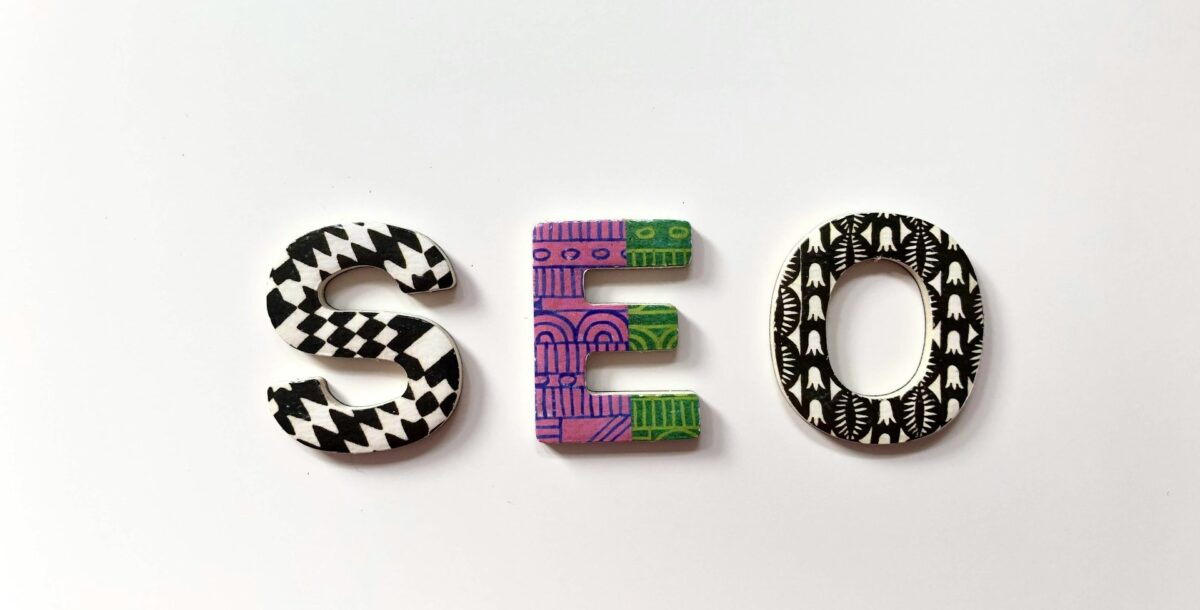Storytelling is one of the oldest forms of communication, and it’s still one of the most powerful. In blogging, storytelling can transform even the most mundane topics into engaging, memorable, and shareable content. It’s not just about sharing information; it’s about creating an experience for your readers.
This guide breaks down the elements of effective storytelling, complete with actionable tips, tools, and resources to help you craft blog posts that captivate your audience.
Why Storytelling Matters in Blogging
Before diving into how to tell a good story, let’s discuss why it’s important.
- Emotional Connection: Stories evoke emotions, and emotions drive engagement. Readers are more likely to share, comment, or return to content that resonates with them emotionally.
- Memorability: Facts and figures are easy to forget, but a well-told story sticks with readers long after they’ve left your blog.
- Trust Building: Storytelling humanizes your brand, making you relatable and trustworthy.
- Improved SEO Metrics: Engaging content keeps readers on your page longer, which improves metrics like dwell time and bounce rate—key factors for search engine optimization (SEO).
For a deeper dive into crafting engaging content, check out The Ultimate Guide to Writing SEO-Friendly Blog Posts for WordPress.
1. Know Your Audience
Effective storytelling starts with understanding your audience. Different demographics resonate with different styles of storytelling.
- Who are your readers? Identify their interests, challenges, and goals.
- What problems can your content solve for them? Tailor your stories to address these issues.
- What tone do they prefer? Choose a voice that aligns with their preferences, whether formal, casual, or conversational.
Tools for Audience Research:
- Google Analytics: Analyze user demographics and behavior on your site.
- AnswerThePublic: Discover what your audience is searching for online.
- Surveys and Polls: Use tools like Typeform to gather direct feedback.
Understanding your audience ensures your storytelling hits the mark every time.
2. Begin with a Captivating Hook
The opening line of your blog is crucial. A strong hook grabs attention and encourages readers to keep going.
Examples of Effective Hooks:
- Ask a Question: “Have you ever wondered why some blogs go viral while others are ignored?”
- Use a Bold Statement: “Storytelling isn’t just a skill; it’s the secret weapon of successful bloggers.”
- Present a Surprising Fact: “Blogs with storytelling elements have been shown to increase reader engagement by 22%.”
If you want readers to stay, give them a reason to invest their time right from the start.
3. Make Your Reader the Hero
A great story needs a hero, and in blogging, that hero is your reader.
Instead of writing about yourself, focus on your audience’s journey. For example, if you’re writing about productivity, structure your story around the challenges and successes your readers are likely to experience.
Example:
“Imagine waking up, knowing exactly how to tackle your to-do list without feeling overwhelmed. That’s the power of mastering time management.”
This approach makes your content more relatable and actionable.
4. Build Tension and Resolve It
Good storytelling keeps readers on the edge of their seats. Introduce a challenge or problem early in your post and gradually lead to the resolution.
Example:
- Challenge: “Bloggers often struggle with high bounce rates despite writing great content.”
- Resolution: “The key lies in weaving storytelling techniques that keep readers engaged.”
This structure not only keeps readers hooked but also makes your content feel more purposeful and rewarding.
5. Use Visuals to Enhance the Story
Humans are visual creatures, and adding visuals to your story can make your blog more engaging and easier to follow.
Best Practices for Visual Storytelling:
- Include relevant images, infographics, or GIFs.
- Use tools like Canva to create custom visuals.
- Add screenshots or step-by-step visuals for tutorials.
For example, if you’re explaining SEO strategies, an infographic summarizing the process can help readers visualize the steps. Check out HubSpot’s guide to blog visuals for more tips.
6. Simplify with Analogies and Metaphors
Analogies help simplify complex topics, making your content more relatable and memorable.
Example:
Instead of saying, “SEO can be complicated,” try:
“Think of SEO as planting a garden. Keywords are the seeds, backlinks are the water, and great content is the sunlight that helps everything grow.”
Analogies like this make abstract concepts easier to understand and more enjoyable to read.
7. Add Personal or Relatable Stories
While the focus should be on your readers, weaving in personal or relatable stories adds authenticity to your blog.
Example:
If writing about overcoming procrastination, share an anecdote:
“There was a time when my deadlines were looming, but I couldn’t get started. It wasn’t until I broke tasks into small steps that I finally gained momentum.”
Stories like this help readers see themselves in your journey and feel more connected to your message.
8. Write Conversationally
Blogging should feel like a conversation, not a lecture. Keep your tone approachable and relatable.
Tips for a Conversational Tone:
- Use short sentences and paragraphs.
- Write as if you’re speaking directly to your reader.
- Include rhetorical questions: “Does this sound familiar?”
Check out Grammarly’s tips on conversational writing for more insights.
9. End with a Strong Call to Action (CTA)
Your story isn’t complete without a purpose. What do you want your readers to do next?
Examples of CTAs:
- “Start applying these storytelling techniques in your next blog post—your readers will thank you.”
- “Found this post helpful? Share it with your fellow bloggers!”
- “Looking for more tips? Check out our guide on how to start a blog from scratch.”
A strong ending ties your narrative together and gives readers a reason to engage further.
10. Balance Storytelling with SEO
Storytelling is powerful, but it’s even more effective when optimized for search engines.
SEO Best Practices:
- Target Long-Tail Keywords:Use phrases your audience is searching for, such as “how to make blog posts engaging.”
- Include Internal Links: Link to your other posts to keep readers exploring your site.
- Use External Links: Cite authoritative sources to back up your claims.
- Optimize Meta Descriptions: Write a summary that entices readers to click.
Conclusion
Storytelling is more than a technique—it’s the heart of effective blogging. By understanding your audience, crafting compelling narratives, and balancing creativity with SEO, you can create blog posts that resonate with readers and drive results.
Start weaving storytelling into your next blog post today. Your audience will notice the difference—and so will you.
For more tips on blogging success, visit our comprehensive guide on How to Start a WordPress Blog from Scratch: Your Comprehensive Guide.



